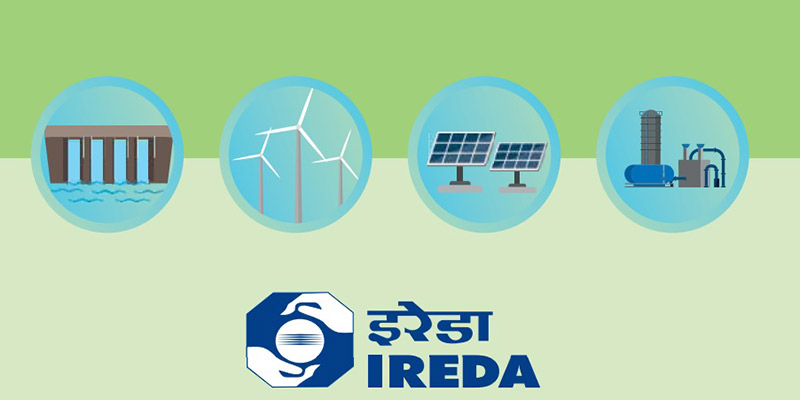
Falling Crude Prices Impact on Indian Economy : India imports nearly 80% of its crude oil requirements, making global oil prices a key economic factor. When crude prices fall, it triggers a chain reaction across sectors—reducing costs, improving government finances, and bringing relief to everyday consumers.
This article offers a detailed, original analysis of how falling crude prices impact India’s economy, industry outlook, and investment opportunities.
1. Crude Oil and India’s Economic Dependency
- India is one of the largest importers of crude oil globally.
- Crude is used across sectors: fuel, manufacturing, fertilizers, and logistics.
- High oil prices have historically widened the current account deficit (CAD) and pushed inflation.
“A drop in oil prices isn’t just a relief at the petrol pump—it’s a macroeconomic catalyst.”
2. Trade Balance and Import Bill Reduction
Revenue Analysis
- Lower crude prices = lower import bill.
- A $10 fall in crude can save India $15-17 billion annually.
- Improves current account balance, reducing the need for foreign borrowings.
Supporting Data:
| Year | Avg. Crude Price (USD/barrel) | India’s Oil Import Bill (USD bn) |
|---|---|---|
| 2022 | 100 | 157 |
| 2023 | 80 | 135 |
| 2024* | 70 | 118 (Estimated) |
3. Impact on Fiscal Deficit
- Government subsidies on LPG, kerosene, and fertilizers shrink.
- More room for spending on infrastructure, healthcare, and education.
- Stronger fiscal discipline attracts foreign investors.
4. Inflation Control and RBI’s Monetary Policy
- Crude affects WPI and CPI inflation directly.
- Transportation and manufacturing costs drop.
- RBI can maintain a dovish stance – lower interest rates support consumption and investment.
Industry Insight
“With stable oil prices, the RBI may avoid aggressive rate hikes, supporting India’s growth without stoking inflation.”
5. Sector-Wise Impact: Winners & Losers
Beneficiaries
- Aviation: Lower jet fuel cost = improved margins.
- Paints & Chemicals: Crude derivatives cost drops = better profitability.
- FMCG & Logistics: Reduced transportation costs.
Adversely Affected
- Oil Marketing Companies (OMCs): Inventory losses.
- Upstream oil producers: Lower realizations.
6. Consumer Impact: Cheaper Fuel & Essentials
- Direct relief to common man through cheaper petrol, diesel, and LPG.
- Indirect benefit via cheaper goods and services.
Real-Life Example:
“A household spending ₹5,000 monthly on fuel and transport can save up to ₹1,000 annually during a crude price dip.”
7. Global Perspective: India vs Other Oil-Importing Nations
| Country | Import Dependency | Impact Magnitude |
| India | ~80% | High |
| Japan | ~94% | High |
| China | ~72% | Moderate |
India, with a growing economy and heavy oil use, benefits substantially more from falling crude.
8. Investment Insights for Retail Investors
- Look for sectors gaining from oil price reduction.
- Avoid pure-play upstream oil producers in a falling crude cycle.
- Monitor RBI policy and inflation data for cues.
Actionable Tips
- Track Brent Crude trends.
- Use falling crude as a cue to explore aviation, FMCG, paints, and logistics stocks.
9. Risk Factors to Watch
- Volatility in global oil markets (Middle East tensions, OPEC+ policies).
- Currency fluctuations: A weak rupee can offset some gains from cheap oil.
- Fiscal complacency: Falling crude shouldn’t justify excessive spending.
10. Summary: The Macro & Micro Impact
Falling crude prices offer:
- Macro Benefits: Lower fiscal & trade deficit, better inflation control.
- Micro Benefits: Cheaper transportation, lower product costs, improved investor sentiment.
Conclusion
Falling crude prices aren’t just good news for your fuel tank; they uplift the entire Indian economy. From easing inflation to strengthening the fiscal position, the domino effect is significant. For investors, it’s a time to stay informed, strategically positioned, and ready to capitalize.
Read More on India’s Oil Dependency – IEA Report
Explore Sector-Specific Investment Strategies
Disclaimer: The projections of potential returns are based on current market conditions and company performance. Actual results may vary due to various factors, including market dynamics, economic conditions, and changes in the competitive landscape. Investors should conduct their own research and consult with financial advisors before making investment decisions.
⚠️ Not SEBI Registered—just here to share insights | 🚫 No paid services—everything shared is entirely free! 🧠 Always Learning and excited to grow together in this journey of market exploration.





